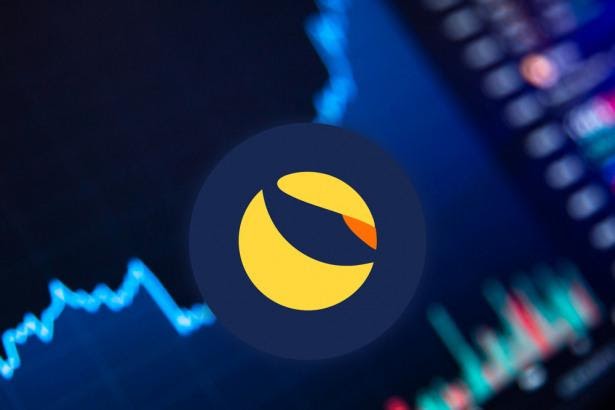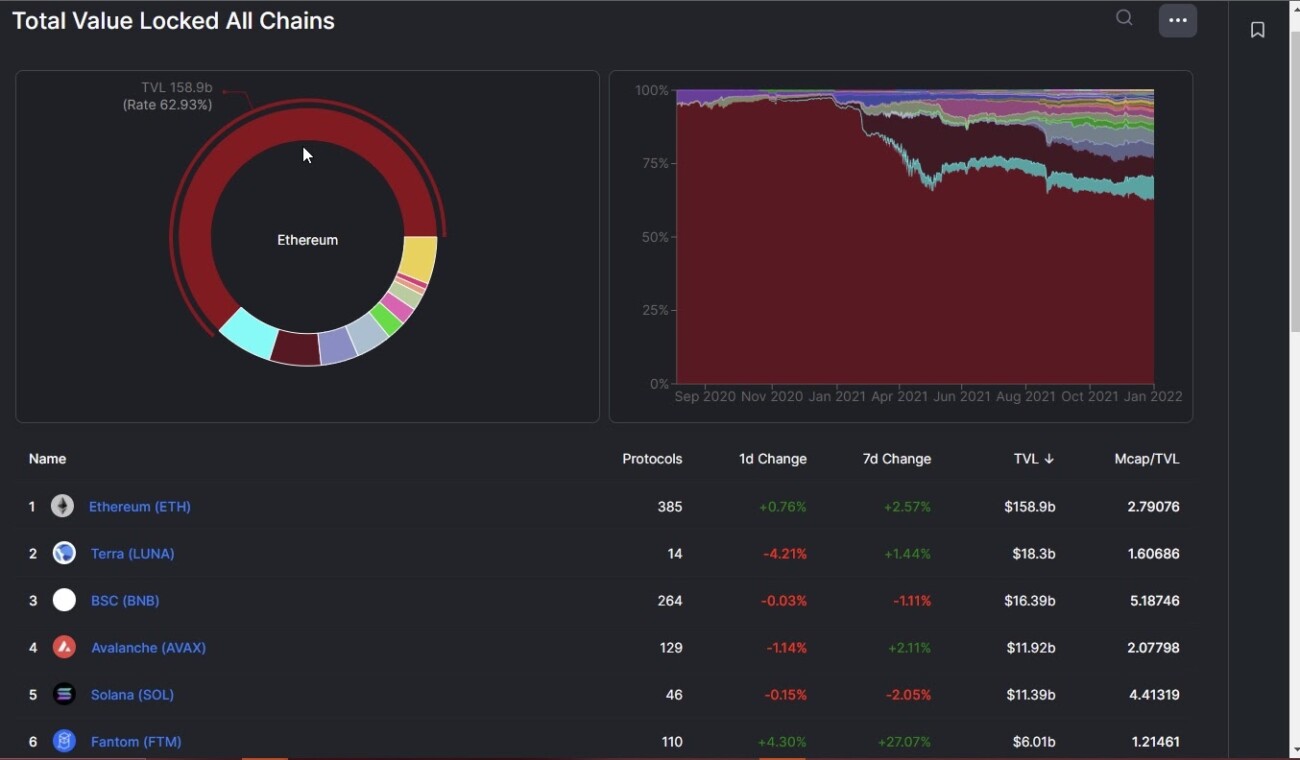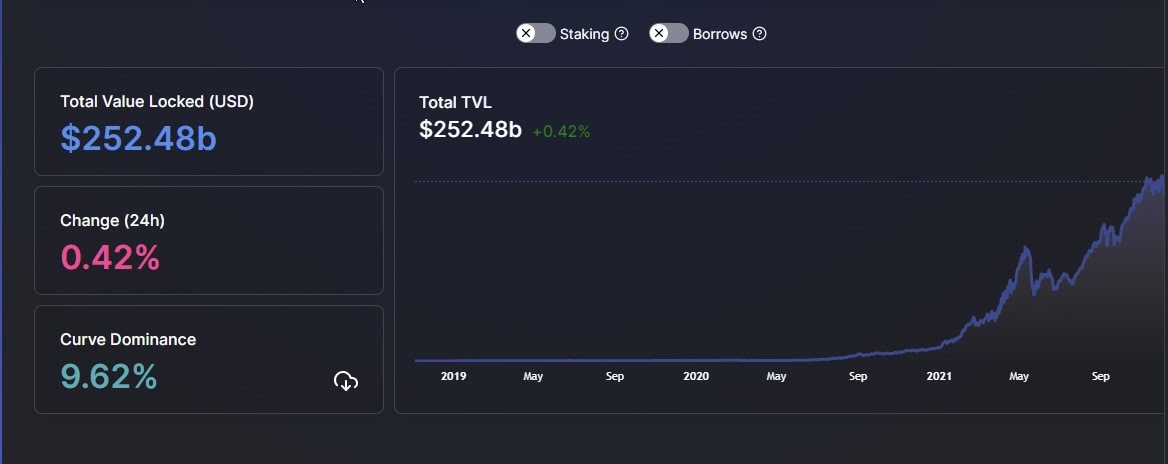Terra (LUNA) has become the world’s second-largest DeFi ecosystem, trailing only behind Ethereum, with a total value locked (TVL) of $18.3 billion, according to DeFi Llama.

The Terra LUNA ecosystem surpassed the then-second-largest DeFi ecosystem, Binance Smart Chain in December 2021, an astounding performance considering Binance’s network valuation is the third-largest in the industry.

LUNA, the network’s native cryptocurrency, has already profited for seven months in a row, despite the mounting concerns in the crypto market.
The network’s Columbus-5 upgrade in October, which is a new architecture for keeping stable coins pegged to their fiat value by burning LUNA with the same amount of value whenever UST is issued, was a big step forward for the LUNA ecosystem.
This has benefited both the UST stablecoin and the LUNA token, as demand has increased as supply has decreased, resulting in a price increase.
A decentralized exchange (Astroport) and a credit lending platform are also being launched by Terraform Labs (Mars Protocol).
While Ethereum is the largest DeFi ecosystem, Ethereum-based protocol deployments have stalled. Due to network scalability difficulties, DeFi developers commonly cite unacceptably high gas fees as a primary reason for shunning Ethereum.
DeFi’s recent expansion has been phenomenal. In mid-April 2020, the DeFi’s TVL was just over $2 billion, and it has since grown to almost $250 billion, a 12,400 percent increase in less than two years.

The exponential growth of the DeFi market reflects the potential of digital currencies and decentralised platforms to provide an alternative to the traditional finance paradigm, which has been steadily consolidating for decades, collapsing innovation and reducing the importance of financial inclusion.